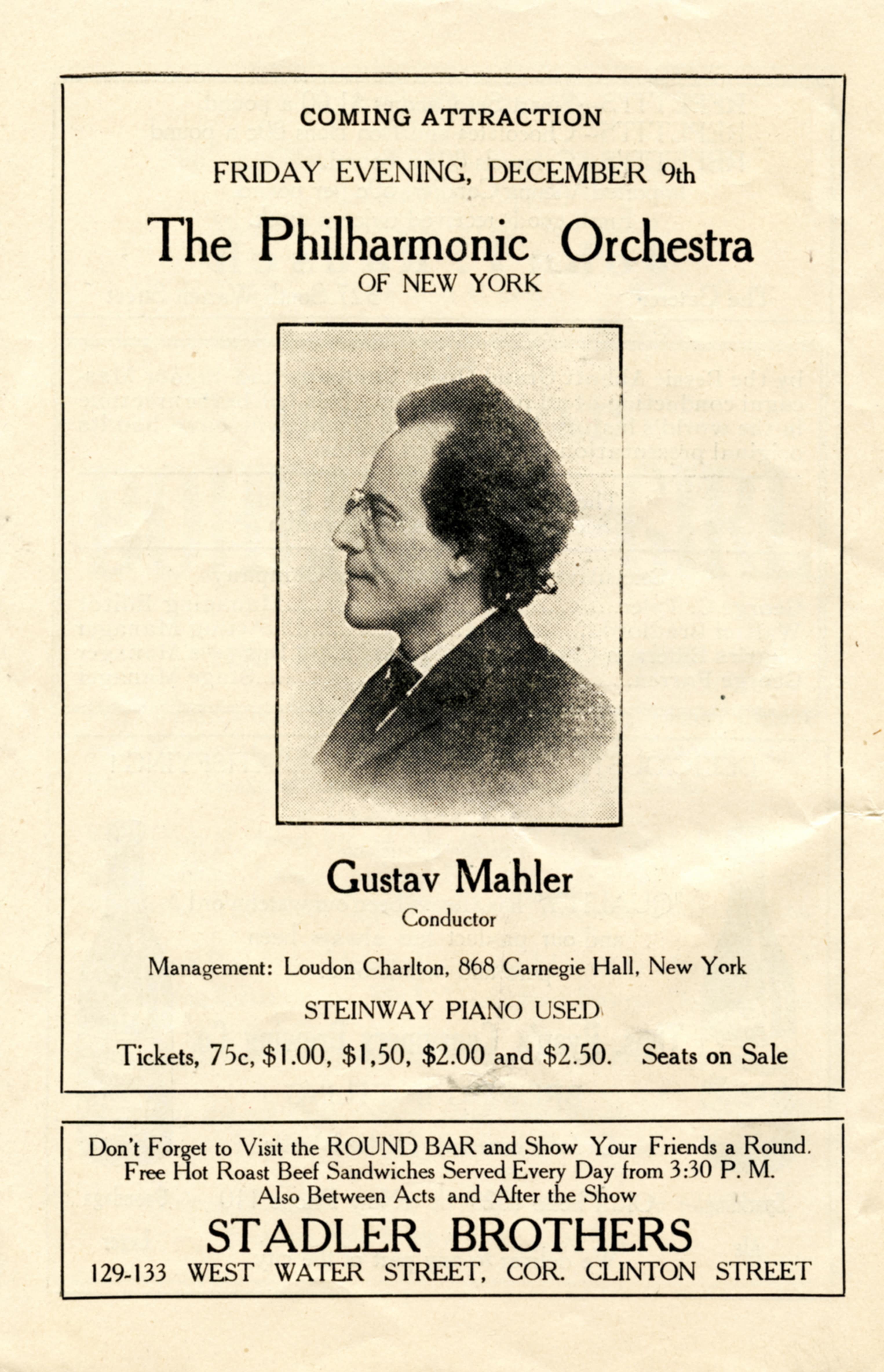Westjet joins the anti-cello airlines
mainFrom Michael Song, in Ottawa:
Currently at the airport and Westjet won’t let me bring my cello on board even after buying a ticket for it… We bought the ticket for the 2 part flight through a different airline and they refuse to allow me to carry my $100,000 cello and bows on the plane.






Late to the game. Westjet has been rejecting code share passengers with seats for their cello for years, just google “westjet cello” to see numerous stories. Company policy is not to sell tickets for instruments; the issue arises when someone buys a ticket on a code share partner such as American Airlines for a flight operated by Westjet. Perfectly reasonable for them to decline to do business with people wanting extra seats for instruments if the policy is stated up fromt on their website, as it allegedly is, but they should make sure that their partners also follow suit for tickets they sell on codeshares with Westjet. Perhaps Westjet has decided that the odd inconvenienced passenger with a ticket for a cello on a codeshare flight is an acceptable cost of doing business.
And those who expect to carry instruments should be avoiding airlines with a policy or history of saying “no, we don’t allow that” – every itinerary I’ve seen involving a codeshare flight (such as the one that caused the issue here) has plainly stated “flight operated by XYZ airline” or words to that effect and I doubt this was any different. If it is important to you to get your cello somewhere on time and undamaged, then you need to own making sure your travel arrangements will permit that. It is not likely that anyone else will see the matter as equally important!
I completely agree. Another hysterical appeal of someone, who has not informed himself beforehand. The value of the cello is equally irrelevant here.
Thank you for the thoughtful and respectful response Bill- I wish I could say the same for the other.
I did not intend to complain about the response of the airline; I freely admit that I should have checked the ticket earlier. My purpose in sharing my experience was to serve as a reminder to others of the rules and regulations that most of this community felt were unnecessary or arbitrary concerning the transport of musical instruments and perhaps prompt some thought or discussion as to why WestJet keeps its policy on musical instruments. It has been clear that WestJet has been one of the last airlines to consider our requests, from Paul Katz’s experience in 2012 to Nathan Chan’s experience just this January.
To summarize, I would like my experience today to bring the discussion back about the WestJet instrument policy, which was strongly petitioned earlier this year. I take responsibility for my own mistake but wish to see change or progress made in the policies of airlines. I would prefer the discussion to be about whether we believe airlines should allow people to use their own paid seats at their own discretion or not, rather than about whether I am ‘hysterical’ or not.
You can buy a ticket for your instrument, but if you don’t have a Canadian DoT approved restraining device for the case, it doesn’t fly.
This isn’t WestJet policy, it’s Government of Canada policy.
Human geometry holds you in place with a seat belt. Without a specially designed restraining harness, a cello case becomes a heavy projectile in the case of an emergency.
The onus is on you to ensure you have the appropriate safety equipment on board to prevent harm occurring to others as a result of your instrument.
Sorry, but I don’t want your cello flying around the cabin and breaking my or someone else’s neck.
That being said, it’d be nice if airlines in Canada followed the same US DoT rules. If it fits in the bin, it flies. First come, first served.
Often I have flown in the cabin with guitars in flight cases that are nearly the size of cello cases. Guitar cases, like cello cases, have handles so that the musician can actually carry the case instead of just staring at it sitting on the ground. On board, the seat belt is passed through this convenient handle, which prevents the case from flying around the cabin and knocking some sense into people like Sandy Thompson, who appears to have no real-life experience in these matters.
My partner and I regularly travel to Mexico and the Caribbean for month long residencies with a custom PRS P22 and a Godin A6 ultra, both in soft sided guitar cases.
They always fit in the bins and take up less volume than two roll on bags.
They pose no risk to my fellow passengers.
That’s swell. And for gigs that require electric guitar, I’ll use a gig bag if I’m certain that the airline will allow it in the overhead. Most don’t, nowadays. But if I put my 14,000 euro classical guitar (which I also use for my work) in a gig bag and jam it into the overhead on one of the few airlines that still allows guitars to be carried on, it is likely to end up in splinters.
That’s why it travels in a flight case. If I can get it on board, the seat belt goes through the handle and everyone is safe.
As cellist who is currently on a layover at a major us city from a small airport with only one flight per day, I would say that often you don’t have a choice of airline. I was fortunate on Alaska Air today, but it’s ignorant of you to blame the musician. If you buy a damn seat, you should be able to bring your instrument on board. Some of you people who comment on this blog are so ridiculous and have literally no idea what you’re talking about or how stressful the whole experience of flying with a cello (or other valuable musical instrument) can be.
Yes, sometimes you may have no choice, but that is not an issue here. And just because you only have one choice for airline is no reason not to adequately prepare. I have experience traveling with a valuable cello as well as double violin/viola cases that fit in the overhead but are nevertheless considered oversize. I travel prepared with knowledge (and printed copies) of the posted policies of every carrier I will be using, the configuration of the anticipated equipment for the flight, and make my arrangements so that if I run into trouble I am not forced to do something reckless. On several occasions this has meant booking flights to less-conveniently located airports.
As I said: if it is important to you that your instrument rides in the cabin with you, you need to make sure you have booked passage with a carrier that will allow it. Or take a flight on a different airline to a different airport and/or rent a car! Yes, it is a royal PITA! You’re traveling with a fragile, cumbersome, valuable object, asking to be treated differently than other passengers (see many passengers buying seats for their luggage?) and you have little or no power in the situation if the flight crew or gate agent is uncooperative. It is not important to them that you have a convenient, stress-free trip! Frankly, some gigs may not be worth the trouble.
You look at Yelp to see if the restaurant someone proposed for dinner is any good, why on earth wouldn’t you check at least as carefully if your travel plans involving what might be regarded as a fragile suitcase full of money are potentially problematic?
It isn’t just cellos! I just checked about a violin and was told that because the case, at 32″, is longer than the allowable length for carry on baggage (21″) it would have be checked as regular baggage. The “this should make you feel better” caveat was “Depending on the discretion of the attendant, you MAY be able to gate check it when you arrive”.
I’m not surprised, Westjet flight just intercepted my travel guitar in a soft case on a HALF-FULL 737, keeping it hostage at the front until the plane was fully boarded, doors closed, and all the overheads were closed. They seem to have an issue with musicians.